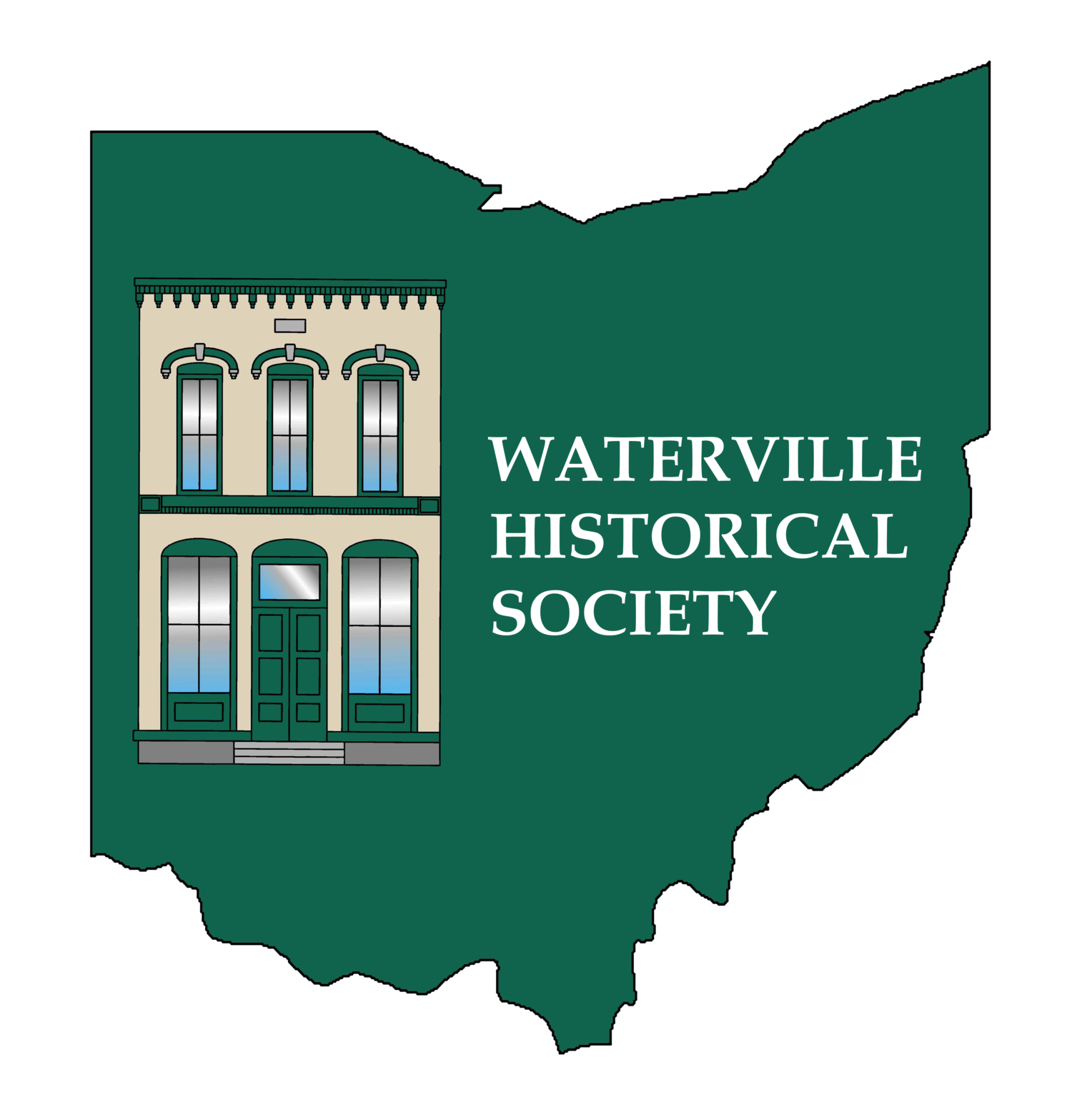A Tale of Chicken Thieves & Automobiles
The Archives recently acquired the poster shown in our photo, thanks to a generous donor. It seems that the local farmers needed to band together in something of a vigilante group to combat a rash of chicken stealing and other barnyard fowl.
In the 1920s the automobile came into its own as a swift and reliable means of transportation. Now people could easily leave their local communities and travel widely for good and evil. Evidently there were folks in the city who loved a chicken dinner but did not like to pay for it. These people knew that chicken, ducks and geese lived in the country. They also knew that barnyard fowl sleep at night as do the hard working farmers who raise these delectable creatures. So, a little drive in the country in the refreshing night air might yield a sack full of Sunday dinners. In 1926 this practice became common enough that the farmers were forced to consider some means to stop these losses to their livelihood and their own food supply. The Waterville Township Protective Association was formed, a sort of rural block watch group. We have a newspaper article describing how Lester Barnes discovered an automobile on Neapolis Road at 1 AM on a Saturday night. The driver apparently had just abandoned the car which was found to contain several chickens and a turkey. Deputy Sheriff’s Clarence Mast and J. Saddoris were called along with other association members to search for the thief. The vehicle license plates led to the arrest of a Toledo man.
We are not aware of how effective the association was at deterring chicken thieves but we were interested in discovering its existence. We would be grateful for any information about this group that anyone of our readers may know




